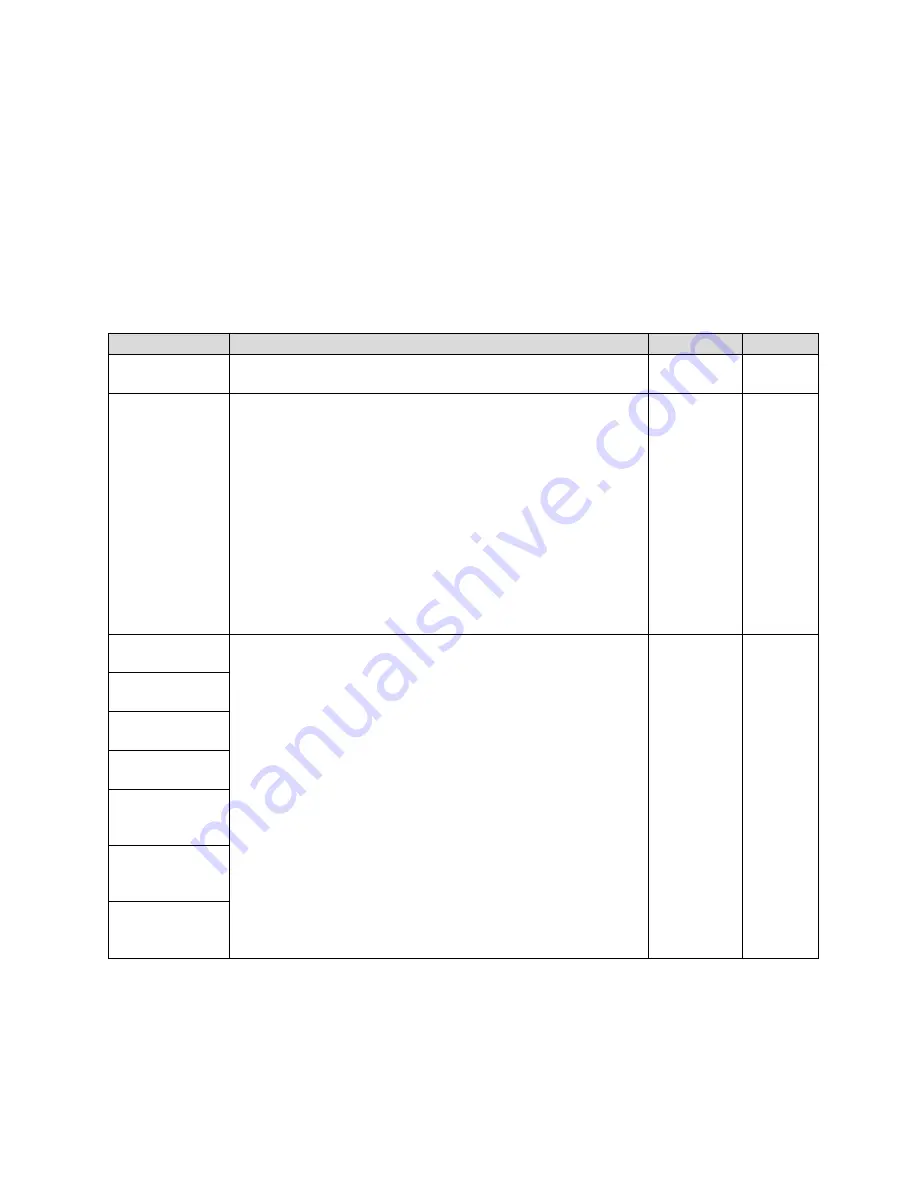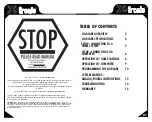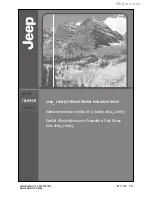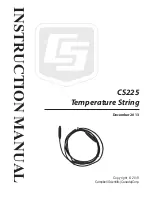
DMC490 Microgrid Controller Software Configuration Guide
40
Configure System Settings
System Settings are used to configure isochronous or droop control.
»
To configure System Settings:
Navigate to
Configuration
>
MGC
>
Settings
>
•
System Settings
•
Boiler asset
•
Heat Load asset
System Settings
Setting
Description
Range
Default
System
Specify a name for the system.
4 to 20
characters
DMC490
MGC
Active Mode
Specify the microgrid operation mode to use. An example of
mapping is as follows:
1. Dispatchable isochronous load share (default)
2. Renewable in isochronous
3. Single dispatch in isochronous (CHP)
4. Grid in isochronous
When you have two wind turbines, battery storage, hydro, a
backup diesel generator, and a grid connection, all four modes
potentially apply.
In this case, because the grid connection exists, the grid
behaves like an isochronous machine, and hydro in
isochronous mode or dispatchable in isochronous mode cannot
be selected.
1 to 4
1
Isochronous
Margin Plus1 (%)
When connected to a grid, the grid compensates for any
imbalance between load and generation in the microgrid,
behaving like an isochronous machine for the microgrid.
However, for islanded microgrids, there is a need for an
isochronous machine to maintain load-generation balance and
stabilize the microgrid for instantaneous load and renewable
generation variations above or below the forecasted values.
Such an isochronous machine provides reserve margins in both
positive and negative directions to address the deficit or
surplus of power, respectively. These margins are defined as a
percent of the total load in the microgrid and need to be
defined for both grid-connected and islanded microgrids.
Configure the margins for a microgrid, for both power deficit
(the plus margin) and power surplus (the minus margin).
The numbers 1 to 4 in these setting names correspond to the
following microgrid operation modes. Configure all values. The
higher the variation in power generation, the greater the
margin.
0% to 100% 0.2%
Isochronous
Margin Plus2 (%)
Isochronous
Margin Plus3 (%)
Isochronous
Margin Plus4 (%)
Isochronous
Margin Minus1
(%)
Isochronous
Margin Minus2
(%)
Isochronous
Margin Minus3
(%)
Summary of Contents for DMC490
Page 6: ......











































